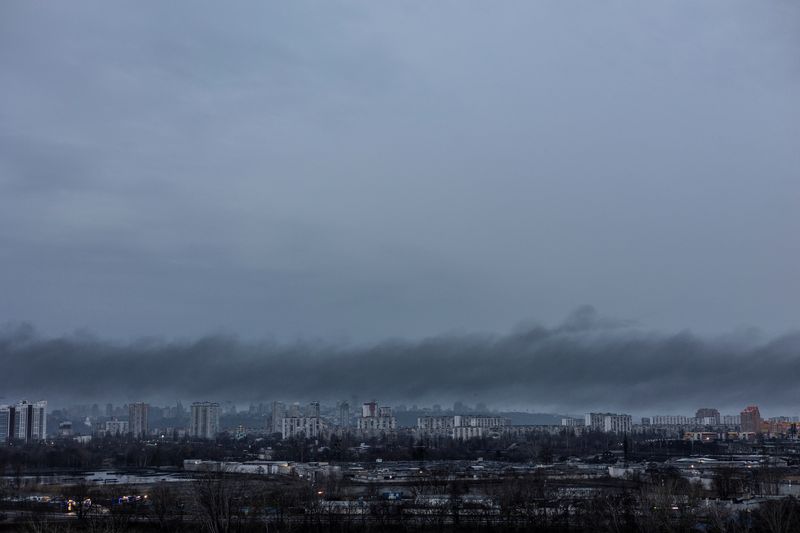(Reuters) - Russia said on Thursday it had fired hypersonic Kinzhal missiles as part of a massive wave of strikes on Ukraine, in which Kyiv said at least six civilians had been killed.
Here are some key facts on the Kinzhal, which means "dagger" in Russian:
- It is an air-launched ballistic missile that is capable of carrying nuclear or conventional warheads. Ukraine said six of them were fired on Thursday.
- It has a reported range of 1,500 to 2,000 km (930 to 1,240 miles) while carrying a payload of 480 kg. It may reach speeds of up to Mach 10 (12,350 kilometres per hour).
- The Kinzhal is one of six "next generation" weapons unveiled by President Vladimir Putin in a speech in March 2018.
- Putin said in December 2021, two months before the invasion of Ukraine, that Russia was the global leader in hypersonic missiles and, by the time other countries caught up, was likely to have developed technology to counteract these new weapons.
"In our advanced developments, we are definitely the leaders," he said.
- Russia sent fighter jets armed with Kinzhal missiles to Syria for the first time in 2021, military analysts say.

- Russia's defence ministry claimed to have fired a Kinzhal missile at a munitions dump in southwestern Ukraine on March 19, 2022, the first known use of the weapon in combat. It has since fired Kinzhal missiles on several other occasions in Ukraine.
Source: Centre for Strategic and International Studies